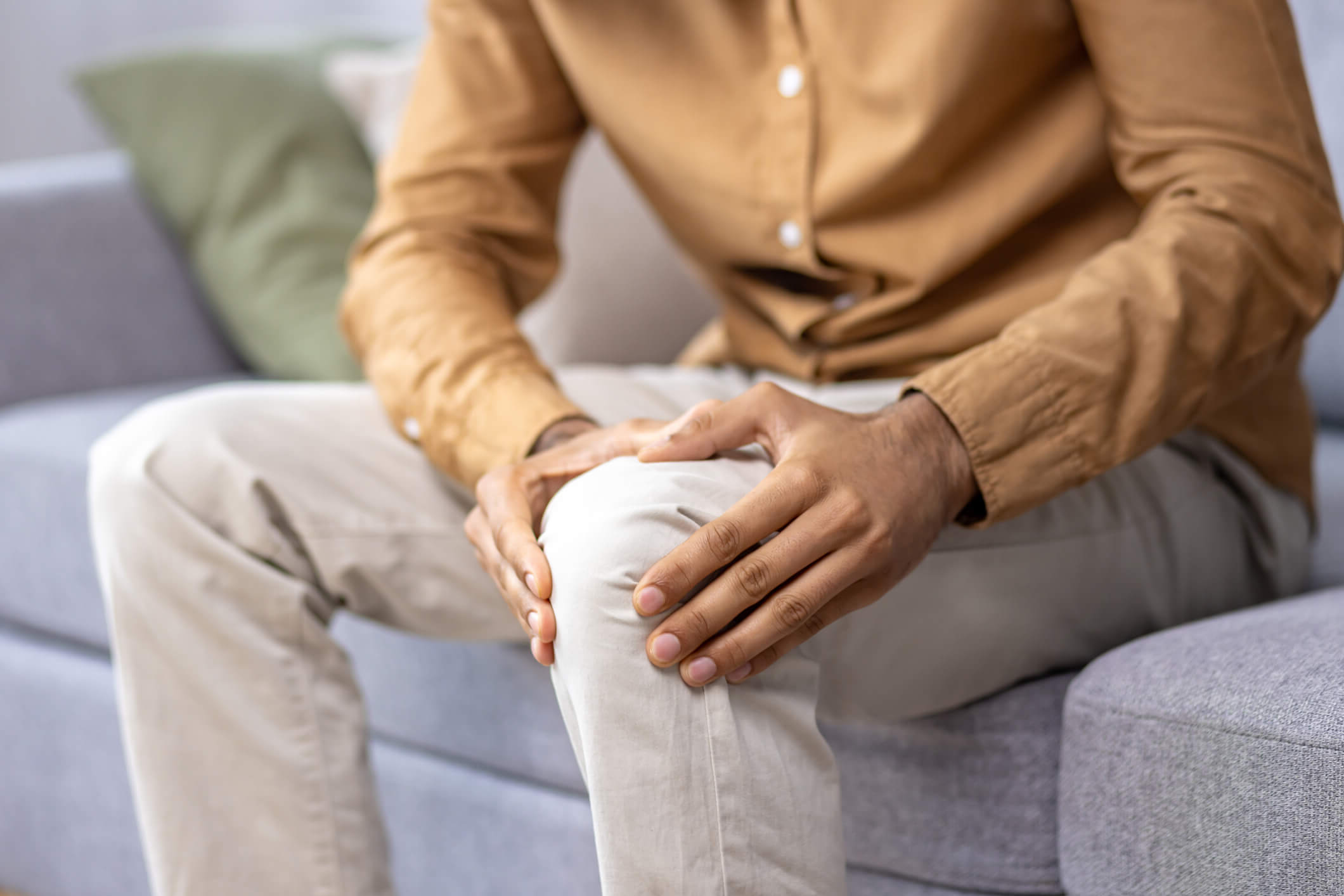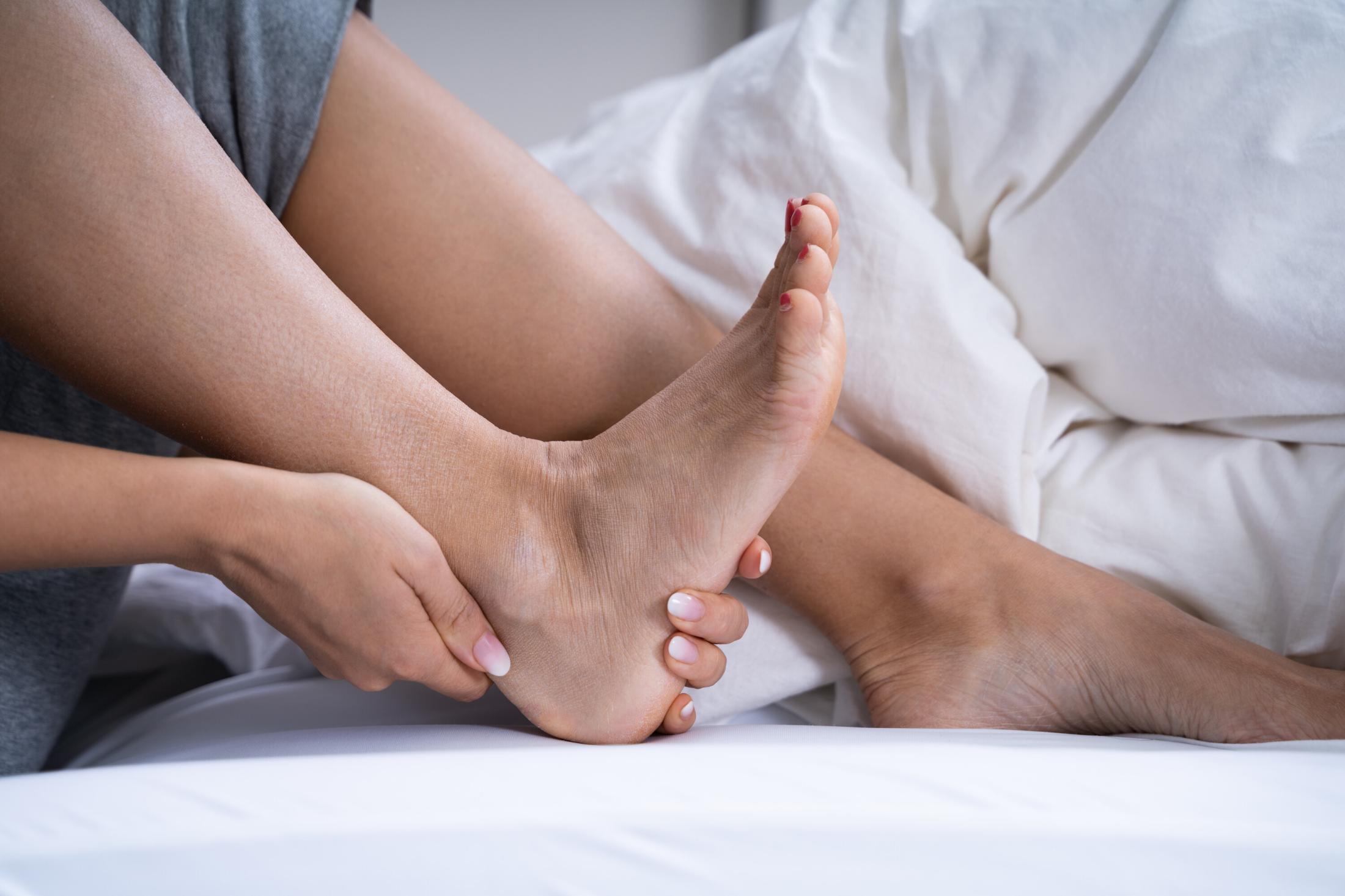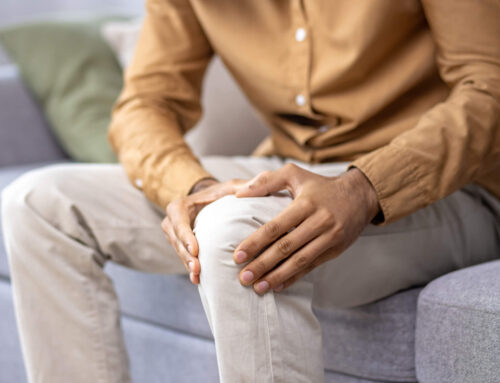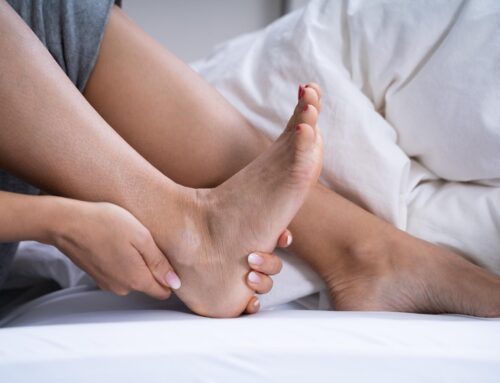Lymphedema is a chronic, often debilitating health condition defined by the persistent buildup of lymphatic fluid which results in swelling and discomfort. A vital aspect of managing lymphedema effectively lies in the implementation of a stringent skin care routine.
Appropriate skin care aids in mitigating the likelihood of complications while simultaneously supporting the overall health of the skin. This article delves into indispensable strategies for maintaining healthy skin while managing lymphedema.
Understanding Lymphedema
Lymphedema is a long-term health condition that manifests as persistent swelling, typically in one of the limbs, though it can potentially affect any part of the body. The swelling occurs due to a blockage in the lymphatic system, which is part of the body’s immune system and helps in clearing waste and toxins from the body.
There are two types of lymphedema. Primary lymphedema is usually a result of a congenital malformation in the lymphatic system. Secondary lymphedema is more common and arises from damage to the lymphatic system. This damage could be due to a variety of factors such as cancer treatment, infection, trauma, or surgery.
The primary symptom of lymphedema is swelling, which may be accompanied by a feeling of heaviness or discomfort, limited range of motion, recurring infections, or hardening and thickening of the skin (fibrosis). While it primarily causes physical discomfort, the visible swelling can also lead to psychological distress, self-consciousness, and a decreased quality of life.
For those living with lymphedema, the chronic swelling can disrupt the skin’s normal functioning and integrity, leading to a heightened susceptibility to injuries and infections. This is why robust skin care is not just beneficial but a necessity for individuals with lymphedema. Proper skin care practices can significantly aid in managing the symptoms, preventing complications, and ultimately improving the individual’s quality of life.
Skin Care Strategies for Managing Lymphedema
Importance of Hygiene
Keeping the skin clean is a fundamental aspect of preventing infections. Frequent washing of the affected area with gentle, non-drying soap, and warm water is advised. It’s important to pat the skin dry with a soft towel to avoid friction that could potentially irritate the skin. Such a cleansing routine assists in removing dirt, bacteria, and excess oils that could cause infections.
Moisturizing and Hydrating the Skin
Ensuring that the skin remains hydrated is of paramount importance for individuals living with lymphedema. Dry skin is more likely to develop cracks, thereby disrupting the skin’s protective barrier. It is recommended to use a hypoallergenic, fragrance-free moisturizer and apply it regularly to the swollen area. This practice not only preserves skin elasticity but also decreases the possibility of skin degradation. However, care must be taken to avoid applying lotion in skin folds as this could lead to skin maceration due to trapped moisture.
Trauma Protection
In the management of lymphedema, safeguarding against cuts, scratches, and insect bites is essential. Protective measures, such as wearing insect repellent, sporting protective clothing, and reducing high-risk activities, should be considered. Extra care should be taken when handling sharp objects. Opting for safety tools helps reduce accidental cuts or damage to the skin.
The Role of Sun Protection
Overexposure to the sun can cause skin damage, especially in lymphedema-affected areas. Broad-spectrum sunscreen with an SPF of 30 or higher can protect the skin against harmful UV radiation. Sunscreen should be reapplied every two hours when outdoors. Lightweight, breathable clothing that covers the swollen limb can provide additional protection.
Nail Care Considerations
Nail care plays a crucial role in reducing the risk of infection and skin damage. Nails should be regularly trimmed to a moderate length to avoid accidental scratches or cuts. Over-trimming can expose sensitive skin underneath, thereby increasing the chances of infection. Gentle handling of nails and cuticles is advised. Seek professional help if necessary.
Using Compression Garments
Optimally Compression garments are widely used in lymphedema management to support lymphatic flow and diminish swelling. It is imperative that these garments fit correctly and are worn as recommended by your healthcare provider. Regular cleaning of the garments following the given instructions can maintain their effectiveness and prevent skin irritation.
Importance of Regular
Skin Checks Conducting routine self-examinations of the skin in the swollen area is vital in spotting any changes or abnormalities. Be on the lookout for signs of redness, swelling, warmth, or skin breakdown. If symptoms like increased pain or signs of infection are noticed, promptly consult your healthcare provider for an appropriate assessment and treatment.
Avoiding Constrictive Clothing and Jewellery
Tight clothing or jewelry can potentially constrict or irritate the swollen limb. Items that restrict lymphatic flow and cause discomfort should be avoided. It is advised to opt for loose-fitting, breathable clothing that promotes proper circulation.
Prompt Treatment for Infections
Infections present a considerable risk for individuals suffering from lymphedema. If any signs of infection, such as increased redness, warmth, swelling, pain, or fever, are noticed, immediate medical attention is essential. Quick treatment is vital to prevent complications and maintain overall health.
Compression Therapy
Compression therapy plays a significant role in managing lymphedema symptoms, helping improve lymphatic fluid flow and decrease swelling. Two key components of this therapy are the use of compression garments and lymphedema pumps.
Compression Garments
Compression garments are specialized clothing, such as stockings, sleeves, or gloves, designed to provide consistent pressure on the affected limb. This sustained pressure supports the weakened or damaged lymphatic vessels, enabling them to move the lymphatic fluid away from the affected area and reduce swelling.
These garments are usually custom-fitted to ensure an effective and comfortable fit. Wearing them regularly as advised by a healthcare provider can substantially improve symptom management. It’s also important to clean these garments as per the care instructions to maintain their functionality and prevent skin irritation.
One critical aspect to remember is the necessity for professional fitting of these garments. Improper fit could lead to increased discomfort or even exacerbate the symptoms. Therefore, relying on professionals for selecting and fitting these garments is of utmost importance.
Lymphedema Pumps
Another key element of compression therapy is the use of a lymphedema pump, also known as pneumatic compression devices. This machine includes an inflatable sleeve or vest with multiple chambers, which inflate and deflate in a rhythmic pattern mimicking the natural lymphatic process.
When using a lymphedema pump, you place the affected limb into the sleeve or vest, and the pump applies gentle, sequential pressure. This action helps guide the lymphatic fluid away from the swollen area and towards healthy lymphatic vessels, reducing the swelling and alleviating the discomfort.
In addition to reducing limb swelling, these pumps can help soften fibrotic tissue, improve skin condition, and boost overall mobility and quality of life. However, just like with compression garments, it’s essential to use these devices under the guidance of a healthcare provider to ensure they are safe and effective for your specific condition.
Maintaining proper skin care is a critical part of lymphedema management. Adhering to these key skincare tips can enhance skin health, reduce the possibility of complications, and improve overall quality of life for individuals living with lymphedema. However, it is crucial to consult with a healthcare professional or a certified lymphedema therapist for personalized advice based on your specific condition and needs.
With the right care and attention, those living with lymphedema can maintain healthy skin and manage their condition more effectively.
Take Control of Your Lymphedema
At Care-Med, we’re dedicated to helping you manage your lymphedema more effectively. We understand the importance of proper compression therapy in controlling symptoms and improving your quality of life. Our experienced team specializes in providing customized solutions that suit your unique needs and lifestyle.
Whether it’s about finding the perfect compression garment fit or exploring the benefits of lymphedema pump therapy, our experts are here to guide you every step of the way. Book Your Appointment
Share This Story, Choose Your Platform!
Table of Contents
We specialize in orthotics, body braces, and compression wear tailored to your unique needs in Toronto. Reach out to us at info@caremed.care or call 416-782-5353 to book your fitting and consultation.
Experience the difference of customized solutions designed just for you.











